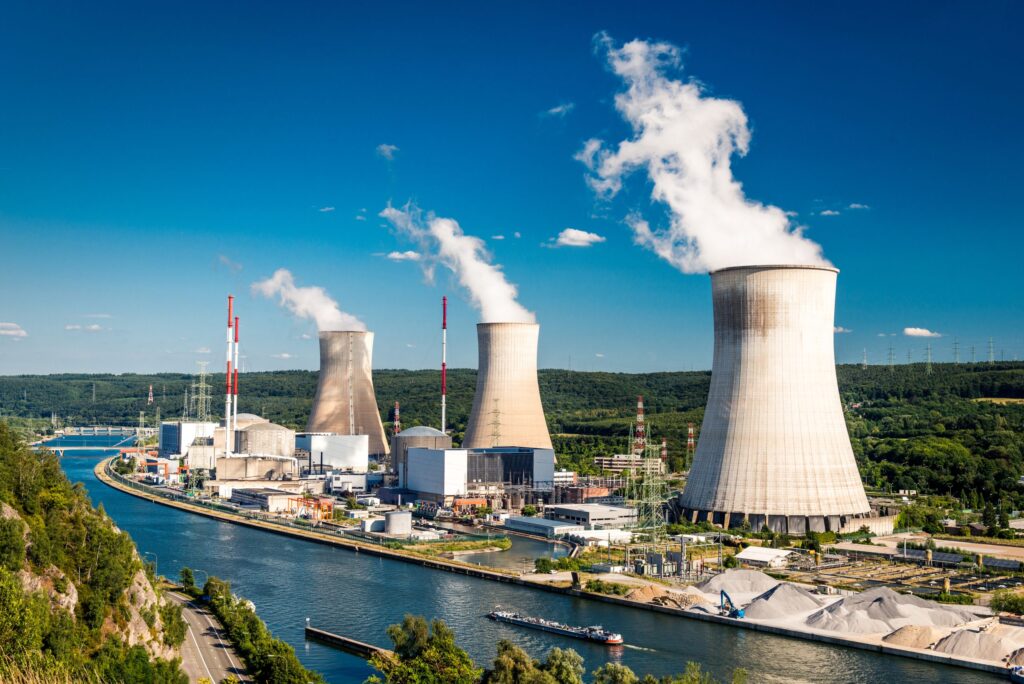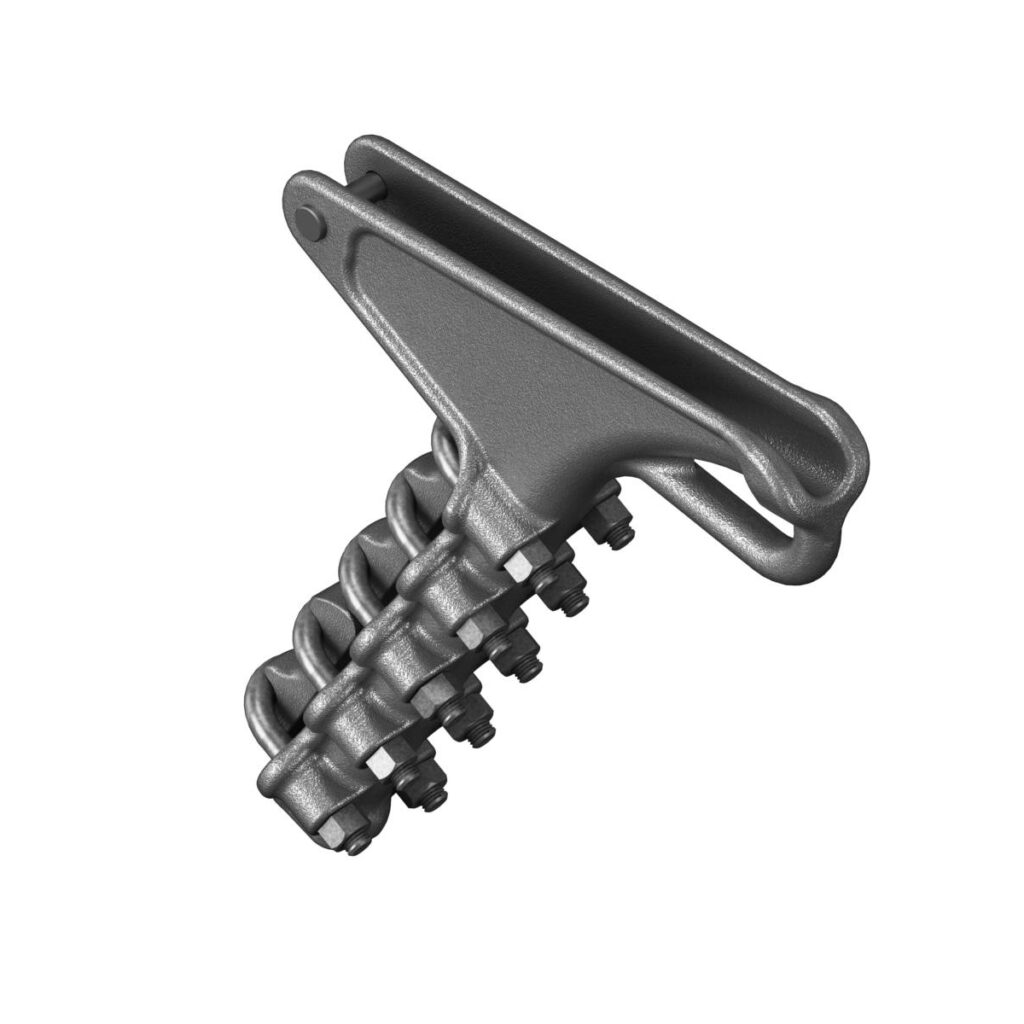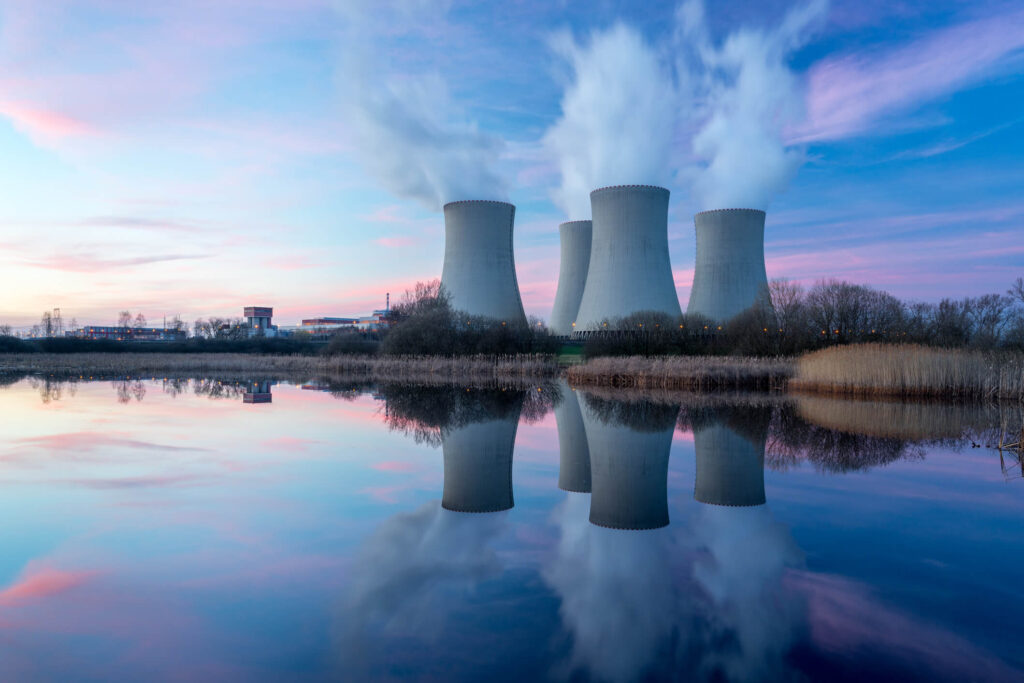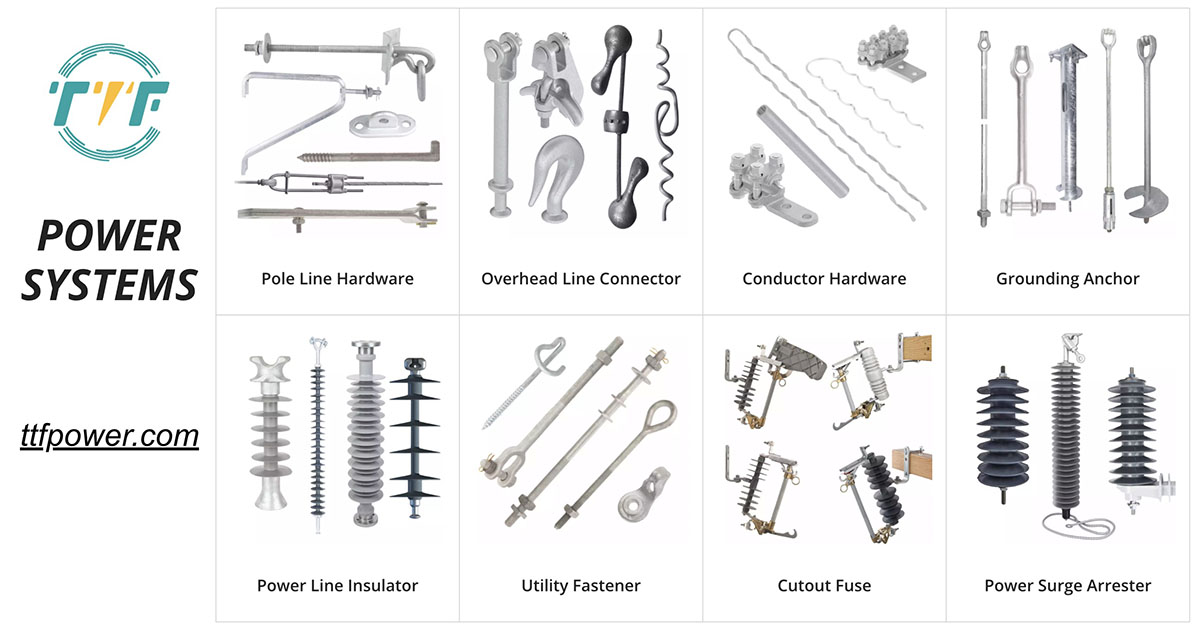
Most South American countries have adopted renewable energy technologies in their energy transition goals. Solar, wind, and hydropower have been developed and in use for the longest time now. But is this energy enough to transition the whole region, and does it count as “new” energy? It is about time the region adopts the use of nuclear power and geothermal energy to transition the energy sector for future use. Let’s look at the potential of nuclear power plants and how conductor hardware plays a role in their development and adoption in South America.
Nuclear energy plays a significant role in the South American energy transition. This is by offering low-carbon energy sources. It also complements other renewable energy sources like solar and wind energy. The adoption of nuclear energy can help stabilize the energy grid, reduce reliance on fossil fuels, and contribute to energy security. Meanwhile, conductor hardware plays a crucial role in transmitting electricity from the power plants’ generators to the electrical grid. Its main purpose is to ensure that the electricity generated from the nuclear reactors is safely delivered through various components. Additionally, conductor hardware contributes to the efficiency of the nuclear power plant by reducing energy losses and improving the fuel economy. High-quality conductor hardware contributes to the successful development and adoption of nuclear energy.
Role of nuclear energy in South America’s energy transition
Nuclear energy provides South American countries a strategic asset in their energy transition. The energy helps stabilize the grids, complement intermittent renewables, and reduce reliance on fossil fuels. The adoption of nuclear energy plays a crucial role in ensuring a secure, sustainable energy future. The generator conductors carry the electric current from the generators to the transformers. These conductors are from copper or aluminum, which have high conductivity and the ability to handle large amounts of current. Here’s how nuclear energy can assist in South America’s energy transition.

- Reduction in fossil fuel dependency – nuclear power provides a path to reducing imports of natural gas or coal. The expansion of nuclear energy can help South America reduce imports, strengthen energy independence, and save on fuel costs. For instance, Brazil imports natural gas and uses it to supplement electricity generation. By expanding their nuclear energy sector, the country can reduce the dependency and provide a cleaner and more sustainable substitute.
- Energy stability and grid reliability – nuclear power plants can generate electricity regardless of weather conditions. This helps to address the intermittent nature of solar and wind energy sources. By doing this, nuclear energy provides a steady, reliable baseload of electricity. This helps to stabilize the grid and meet energy demands.
- Transition to renewable energy – nuclear energy can provide consistent power to the grid. This is as the region continues in the development of renewable infrastructure and storage. This makes nuclear a transitional energy source in the renewable energy targets.
- Decarbonization of the energy sector – nuclear energy is a low-carbon energy source. Its expansion can reduce the dependence on fossil fuels. Argentina has 3 nuclear reactors in operation, which contribute to 6% of the country’s electricity. Brazil has 2 nuclear reactors that account for 3% of the country’s electricity generation.
Uses of conductor hardware in the nuclear power plants
Conductor hardware plays a crucial role in the safety, reliability, and efficiency of nuclear power plant operations. Conductor hardware serves in power generation, transmission, control systems, and safety mechanisms. Through these functions, conductor hardware ensures the smooth flow of electricity within the plant and external power grid. The following are the main uses of conductor hardware in nuclear power plants.

- Power transmission from generators – conductor hardware sends electricity generated by the nuclear reactor’s turbines to the grid. They connect the generator to the transformers to step up the voltage for efficient transmission to the grid.
- Transformer connections – after electricity generation, it flows to transformers where conductors allow voltage conversion. High-voltage conductors carry electricity from transformers to switchyards or substations.
- Grid transmission and distribution Conductor hardware connects the nuclear plant to the electrical grid. This helps to ensure the generated power reaches the end users. Overhead conductors send high-voltage electricity over long distances.
- Internal electrical systems – the hardware is essential in distributing electricity to various parts of the facility. The conductors serve in systems such as cooling pumps, ventilation systems, and lighting.
Conclusion
South America has set targets to move away from fossil fuels and move towards low-carbon energy sources. Nuclear energy provides unique benefits that can complement the intermittent nature of solar and wind energy. Nuclear energy provides grid stability, decarbonization, and energy security in the region.

On the other hand, conductor hardware ensures the safe and efficient operation of nuclear power plants. It eases the transmission of electricity from the plant’s generators to the grid. Conductor hardware includes automatic connectors, clamps, dead end clamps, formed wire, and splice connectors. TTF Power systems provide a wide range of utility pole hardware and transmission line accessories, including conductor hardware. We also provide our customers with excellent value and knowledgeable service. Reach out to us for more information on our products and services.
